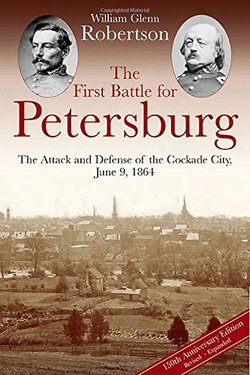
William Glenn Robertson
Savas Beatie, 2015, 182 pp., $27.95
ISBN: 978-1-61121-214-3
Image courtesy of amazon.com
The Siege of Petersburg is a behemoth to tackle in a one volume history. Thankfully, during this sesquicentennial of the Civil War, there have been many multi-volume works on the siege and many other works focusing themselves on the specific battles of the campaign. The First Battle for Petersburg, by William Glenn Robertson, is one of those works. However, this work is a revised work for the 150th Anniversary. Not only is this work revised, it is expanded. With this book now in print again, the work of Robertson shines and is a great addition to the many works coming out on the Siege of Petersburg.
William Glenn Robertson received his Ph.D. from the University of Virginia and is the author of Back Door to Richmond: The Bermuda Hundred Campaign, April – June 1864. He has also authored many other articles on the Civil War. After serving the academic community for ten years in Virginia, New Mexico, and Colorado, he joined the faculty at the Army Command and General Staff College at Fort Leavenworth in Kansas. There, he wrote the staff manual on the Staff Ride. When he retired, he retired as the Director, Combat Studies Institute.
When The First Battle of Petersburg opens, Robertson sets the scene by not only giving us a look into the organization of the army, but also of the people in the city of Petersburg. When Robertson talks about the commanders in their introductions, he talks about some of the highs and lows of their careers, but overall only gives us what we need to know for the battle analysis. He does not spend pages on their political and military failings. He mentions them in order for us to know, but only gives us what we need to know. This is one of the many strengths of the work. It was one of the things which I enjoyed about this; Robertson gets us right to the analysis instead of spending time on biographies of events which we do not even need to know. When the analysis begins, Robertson handles the research with the highest of care. Not only is this work greatly researched, but he presents the information in a coherent fashion which is lacking in many other works. Every sentence in this work is necessary and the narrative is aided by photographs and excellent maps which I have come to expect from this publisher. Lastly, there are in depth appendices which not only aid in the understanding of the Defense of Petersburg, but are incredible resources for those who research this battle in the future.
I highly recommend this work to anyone interested in the Siege of Petersburg or anyone who is interested in the Civil War in the East. The Siege of Petersburg is a long and arduous campaign and by writing these types of books, we can better understand the siege battle by battle. William Glenn Robertson has delivered a nice new edition of his work. The narrative flows greatly and he has a firm grasp on his research which is delivered masterfully. Highly recommended.
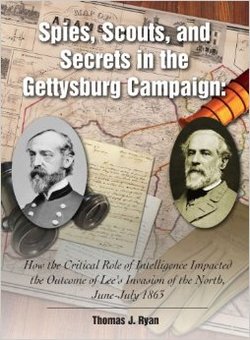
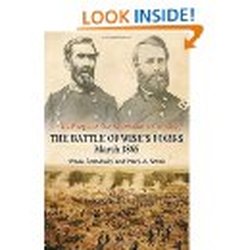
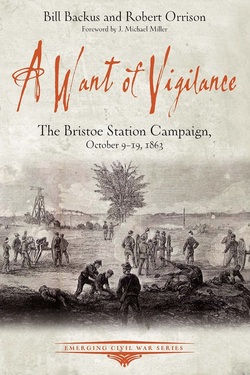
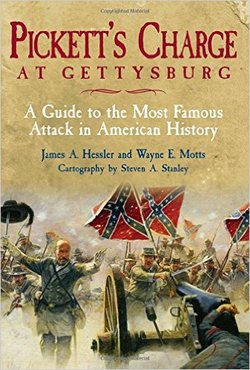
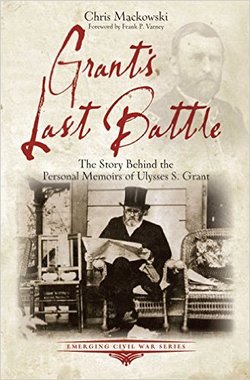
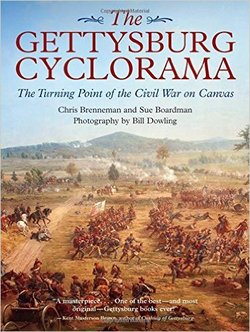
 RSS Feed
RSS Feed
